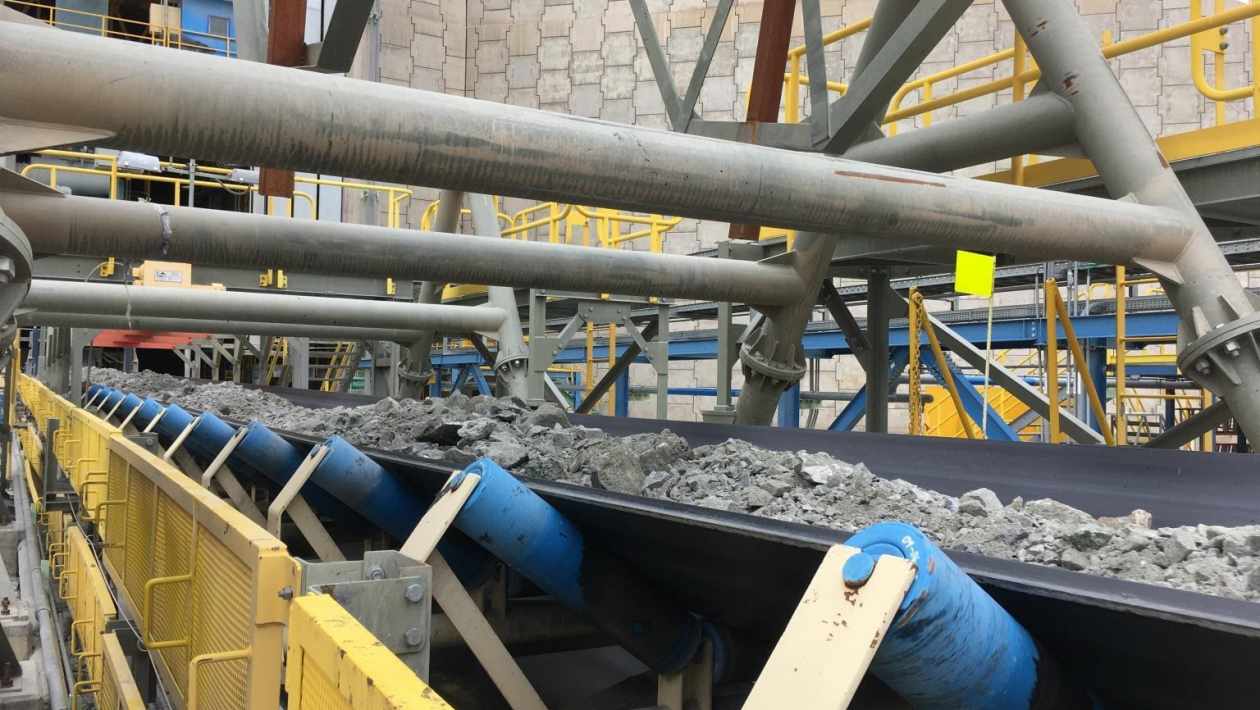Large industries today are hardly imaginable without conveyor systems. They replace manual labor and save time and money. Built for various purposes, the main goal of these systems is to transport products or objects from one point to another within a short distance. Let’s see the need for conveyor belt suppliers.
Different types of materials, of course, require different kinds of conveyor belts. Industries often use belts made of PVC and rubber, used for handling general materials, such as transporting boxes in a factory or moving bulk material like sand, grain, coal, etc. You can find out more by going to https://www.foodprocessing.com/articles/2021/conveyor-systems-social-distance/.
Whether the facility deals with production, warehousing, distribution, or other activities, they rely heavily on conveyors. These systems provide the fast and effective transport required by companies that deal with large volumes. Most modern facilities use computer-controlled pallets to deal with equipment.
Versatile Helpers
Transport conditions in industrial objects are rarely ideal. Sometimes it is necessary to move items around corners, from one floor to one another, and belts are built to adapt to these circumstances. Depending on how fast you want the objects to move between points, you can set the systems at different speeds. Also, you can program separate sections of the conveyor belt individually.
Industries are not the only sectors that employ conveyor belts. Whenever you shop at a supermarket, these systems move your items before the cashier scans them. When you mention conveyor belts, though, people most often think of baggage handling at airports. Imagine people having to transport thousands of suitcases and bags from point A to point B. Pretty impossible, right?
Sometimes materials need to be moved between multiple factories. Specific scenarios require transport up to a thousand tons per hour. If the return distance is twenty, thirty, perhaps even fifty miles, the necessity for conveyor belts becomes even more apparent.
Types of Belt Conveyors
When dealing with a large volume of products, these systems are your best friends. Typically, they are used for moving waste materials. On the other hand, steel belts are built to handle great weights, transporting up to fifty tons in one hour. Using different belt designs, they are much more resilient than PVC or rubber. Another type is the so-called slider bell. These are very convenient when it comes to adjusting speed.
Some industrialists modify existing belt systems with mechanical components to enhance their performance. One such popular choice is the stud mount ball transfer unit. In this way, the reinforced system can perform more quickly and efficiently. Check this website to learn more.
Application in Industries

The list of businesses that requires the use of conveyor systems is extensive. Waste management, airports, and car production – all these employ large numbers of people but have to rely on belts to perform tasks more effectively.
For instance, the automotive industry needs conveyors for the production line. Warehouses are highly dependent on them for transporting parts between sections. This way, the items are moved much faster without the danger of physical injuries.
Engineers have devised intelligent methods to customize these machines. A car, for example, is made of both metal and plastic materials. Instead of using two separate belt conveyors, you can use one section for moving plastic, and another part can carry metal sheets. This is how manufacturers manage to produce many vehicles in a relatively short period.
When it comes to the food industry, things get a bit more complicated. Hygiene, health, and safety standards are high level. Food companies have to ensure that no bacteria will enter the products. Logically, belt conveyors must be well-maintained at regular intervals to prevent this.
There is no limit to the foods and drinks that can be transported in his manner: meat, frozen and baked goods, seafood, cans that are bottled or canned, cartons, and many more.
Apart from saving labor, conveyor belts do not complain when the weather is too hot or cold. Workers perform much less efficiently when the temperature’s not right, while conveyors can perform till the cows come home. Moreover, they are way more productive when combined with robots. For instance, while the belt transports the items, the robot takes care of the packaging part.
Conveyor belts are highly precious in warehouses. They can assist other types of transportation systems such as elevators, rollers, pallets, etc. Different situations require specific setups: sometimes, you need to incline the belt to move items between sections. Also, conveyors have to be wide and durable enough to handle a variety of materials.
Reaping the Benefits
Simply put, human labor can never replace the efficiency of belt conveyors. People are limited when it comes to physical capacity and speed of work. Seeking quality manufacturers, such as Belting Edge conveyor suppliers, enables you to transport hundreds of pounds, even tons of materials. This also increases the financial gains for the company.
Workers are often exposed to high risks when handling materials. Falling and heavy lifting can cause severe injury, even loss of life in more extreme cases. Employees are often under significant pressure to meet short deadlines while struggling to remain safe. Instead of risking their health and lives, it is a far better idea to invest in a quality conveyor system that will do the job for them.
Finally, it needs to be said that belt conveyors are most used because of their great versatility and low expenses. Whether the item is regular or irregular, big or small, conveyor belts can do it all. That is the whole point of systems and automation.
The entire branch of system engineering is designed to make people less involved and let machines take over the boring and repetitive tasks. A lot of people are afraid of automation, but it is one of the things that are making our lives a lot easier.
Without automation, we would still be washing our clothes and dishes by hand. When you include this type of technology in the production process, the whole world benefits through the force of globalization. Prices get lower and everyone can afford to live an easier life.





